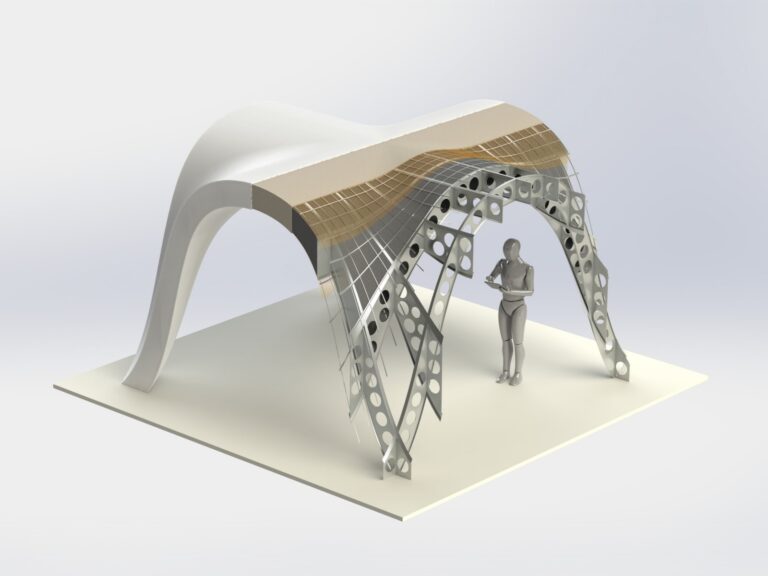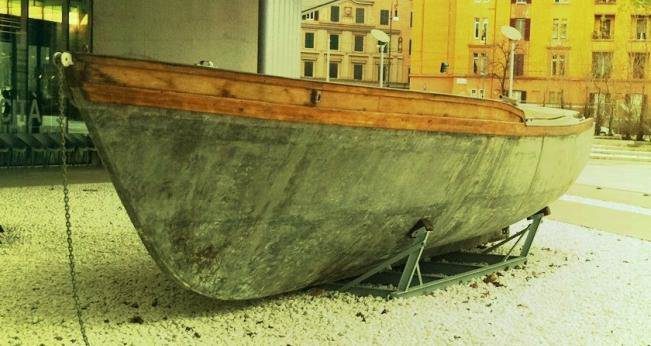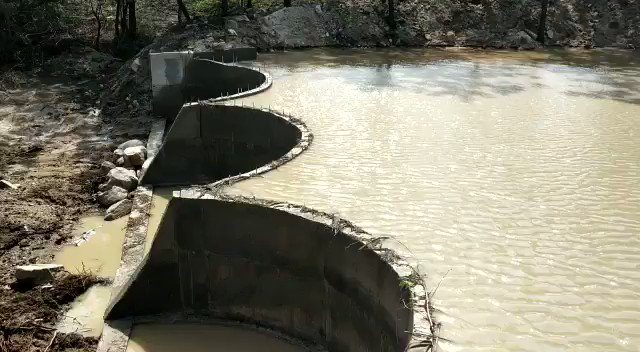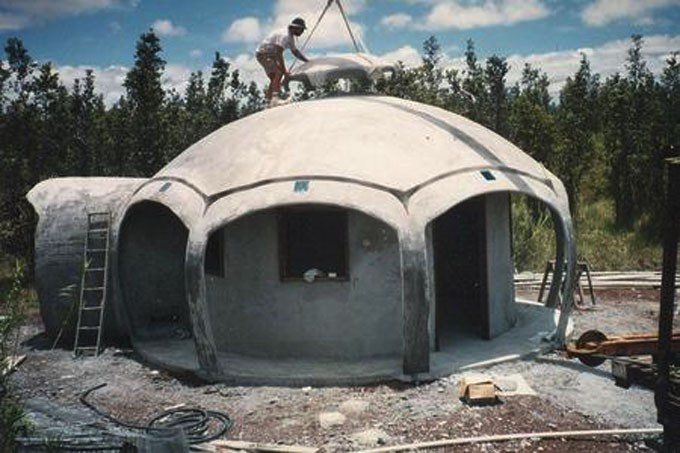
Ferrocem construction: Innovative method in modern construction
Ferrocement is one of the most innovative building materials used in modern architecture and construction. Although the term may be less known to the general public, its application in practice is increasingly popular, thanks to its extraordinary properties and wide range of possibilities. This blog post will explain what ferrocement is, how it is used in construction, and what are the advantages and challenges of this method.
What is Ironcement?
Ferrocement is a composite material consisting of a thin layer of concrete reinforced with a fine metal mesh. Compared to conventional reinforced concrete, ferrocement uses a smaller volume of concrete, but due to the dense mesh, it is extremely strong and resistant to various types of loads. The metal mesh, usually made of steel wires, evenly distributes stresses, giving the material durability and flexibility.
Ferrocem materials for superior ferrocement construction
If you are looking for a quality building material that offers all these advantages, our Ferrocem the material provides an ideal combination of durability, flexibility and environmental sustainability. With Ferrocem, the construction of complex and durable structures becomes simpler, more profitable and longer lasting. For more information about our material, visit our website: Ferrocem

How is Ferrocement used in construction?
This technology was originally developed in the mid-19th century, but found widespread use in the 20th century, particularly in the construction of ships, tanks, and other structures that require exceptional resistance to water and weather. Today, ferrocement is used to build a variety of structures, including:
- Houses and buildings: Due to its flexibility and resistance to earthquakes, ferrocement is ideal for the construction of low-budget residential buildings.
- Bridges: Its durability makes it suitable for bridges and other infrastructure projects.
- Reservoirs and cisterns: Due to its waterproofness, ferrocement is an excellent material for water tanks, oil tankers, and other containers.
- Ships and boats: The properties of corrosion resistance and easy molding make ferrocement suitable for the construction of smaller vessels.



Advantages of Ferrocement construction
Easy design
Ferrocement allows for easy shaping due to its thin layers of material, giving architects and engineers the freedom to create complex geometric structures without the need for heavy formwork. This adaptability opens up a wide range of design and functionality possibilities.
Strength and durability
Despite its lightweight structure, ferrocement offers exceptional resistance to mechanical shocks, weather conditions and fires. Thanks to its construction, it prevents the formation of cracks and deformations, ensuring the longevity of buildings and structures.
Economy
Ferrocement reduces construction costs because it requires a smaller amount of materials compared to traditional concrete. In addition, the materials used, such as cement and steel, are relatively cheap and readily available, making this type of construction very cost-effective.
Earthquake resistance
Thanks to its flexibility and ability to withstand high bending and stress forces, ferrocement is extremely resistant to earthquakes. This makes it an excellent choice for construction in seismically active areas, providing additional safety to construction projects.
Environmental sustainability
Given the reduced need for cement and steel, ferrocement is a more environmentally friendly alternative compared to traditional reinforced concrete. Lower CO2 emissions during the material's production further contribute to sustainability and reduced negative environmental impact.
The Future of Ferrocement Construction
Ferrocement is increasingly recognized as a sustainable and efficient construction method, especially in areas with limited resources or those prone to natural disasters. As technology advances, ferrocement will become even more accessible and functional. Its adaptability, strength and cost-effectiveness make it an ideal solution to many of today's construction challenges.



Responses